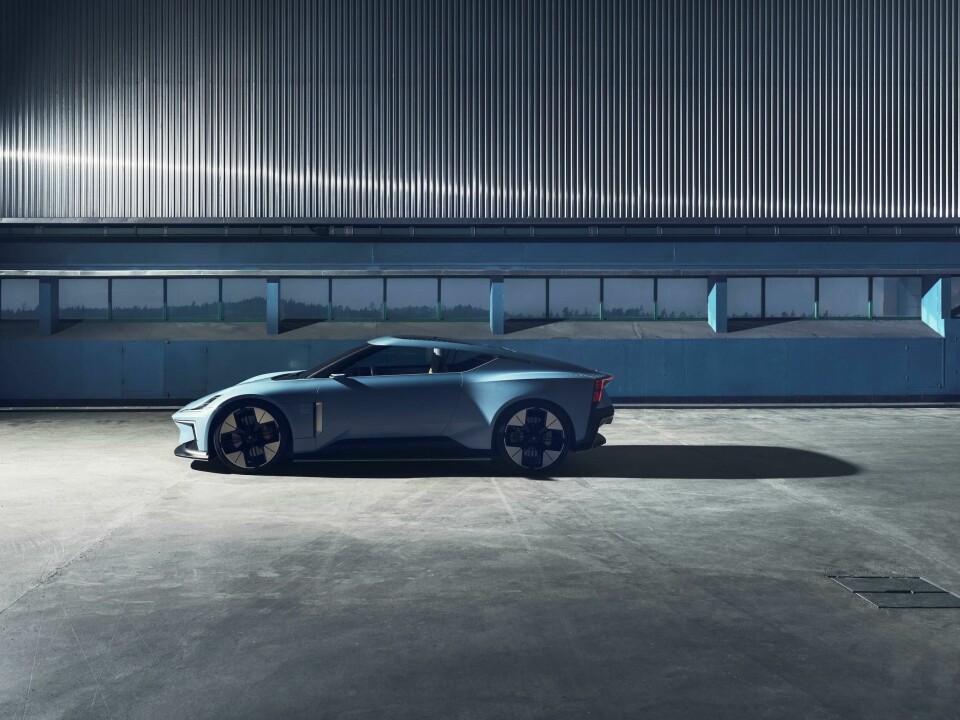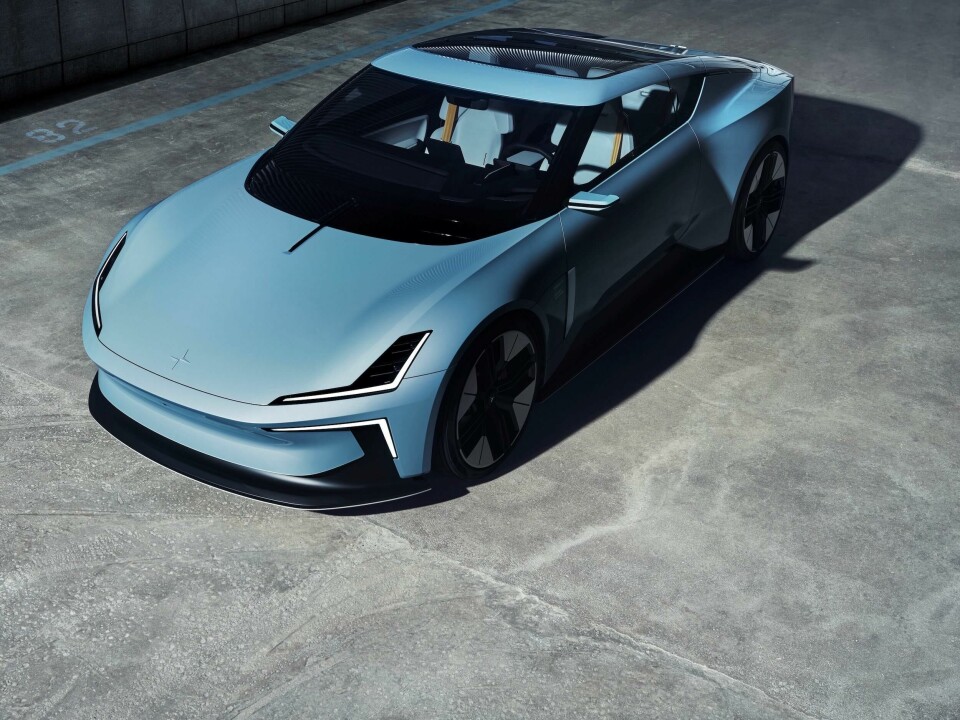
Polestar Unveils O2 Concept
The Polestar O2 is a sporty roadster which aims to be a “halo statement” for the electric luxury brand
Polestar took the wraps off its newest show car this week under the sunny skies of Los Angeles, previewing what a convertible sports car might look like for the budding premium brand. Based heavily on the Precept concept shown in 2020, the O2 is a 2+2 roadster built on that same platform and shares many design cues.
“A project like this is always something that guys and girls really dream about doing. So for us, a brand like Polestar, we need this as a halo statement,” Maximillian Missoni, head of Polestar design, told us in an exclusive interview. “We have the same bonded aluminum unibody used in the Precept which is a very light and stiff structure, really good for sports cars, and I would say to be competitive in this high-end premium electric sports car segment, that’s a nice entry ticket.”
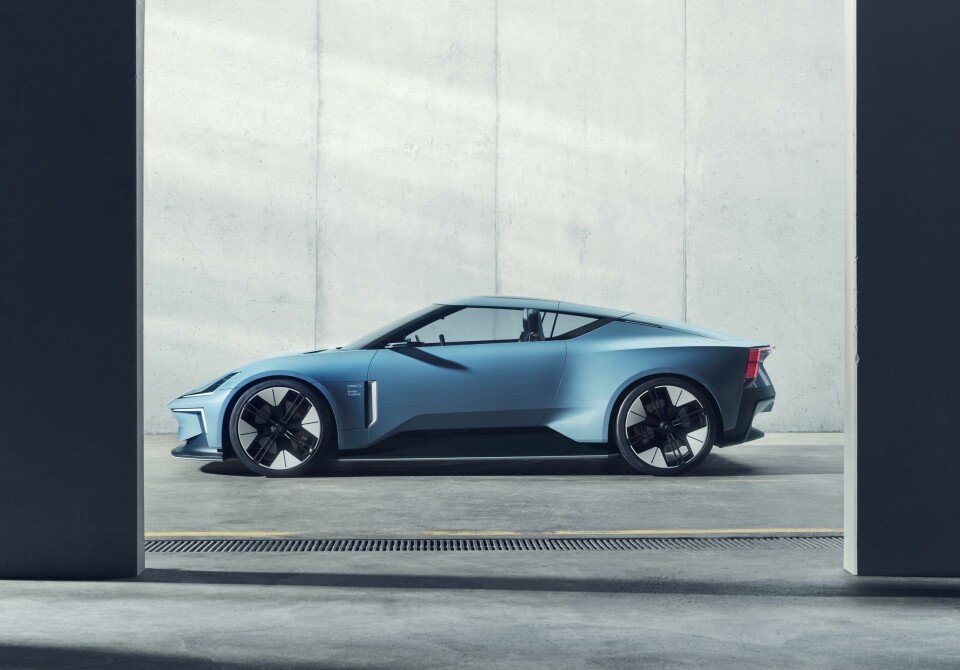
On one hand, the O2 embodies classic sports car proportions with its long wheelbase and short overhangs, but on the other, showcases Polestar’s highly technical design language. “We blend this stringent architectural look together with sensual surfacing, and I think that’s what makes Polestar unique in that sense,” Missoni tells CDN. “Especially when you look at the trend towards more and more aerodynamics, you see more very compact volumes in the industry.”
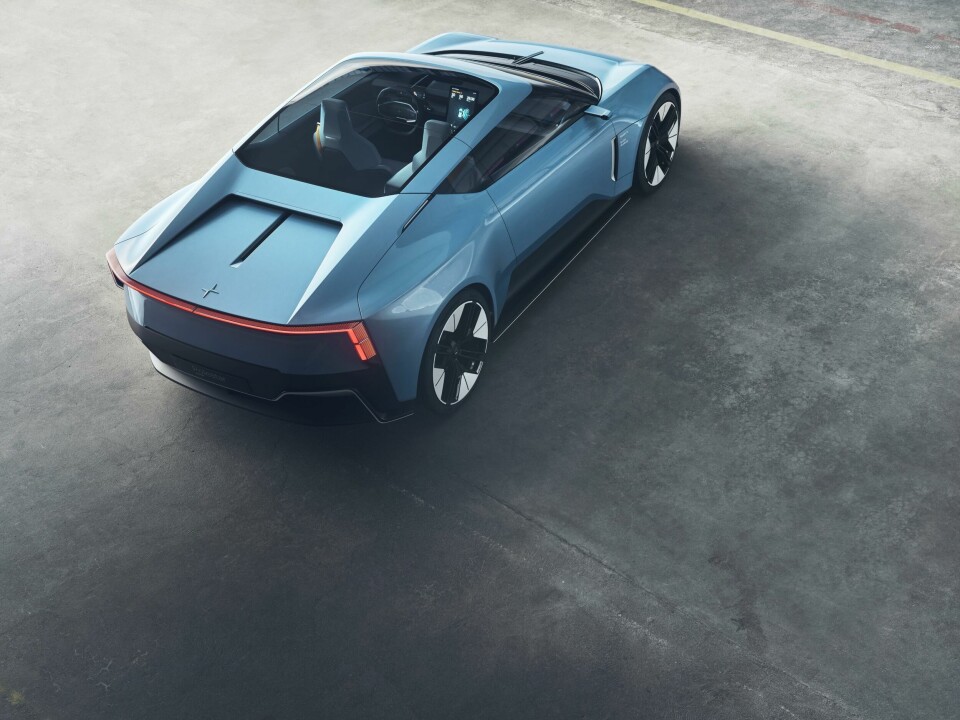
Missoni describes the stance of the O2 concept as “determined but not aggressive,” with its sharply raked windshield and fastback silhouette when the car’s glass roof is in place. Rear lights function as air blades to help reduce turbulence behind the car. “We use aerodynamic enhancement to integrate technical features like the rear lights or the aero blade, which pushes the vortices further rearward so you don’t get the drag on the rear surface,” Missoni says. “There’s a lot of thought that goes into creating a combination between the high-tech features and the sculptural design.”
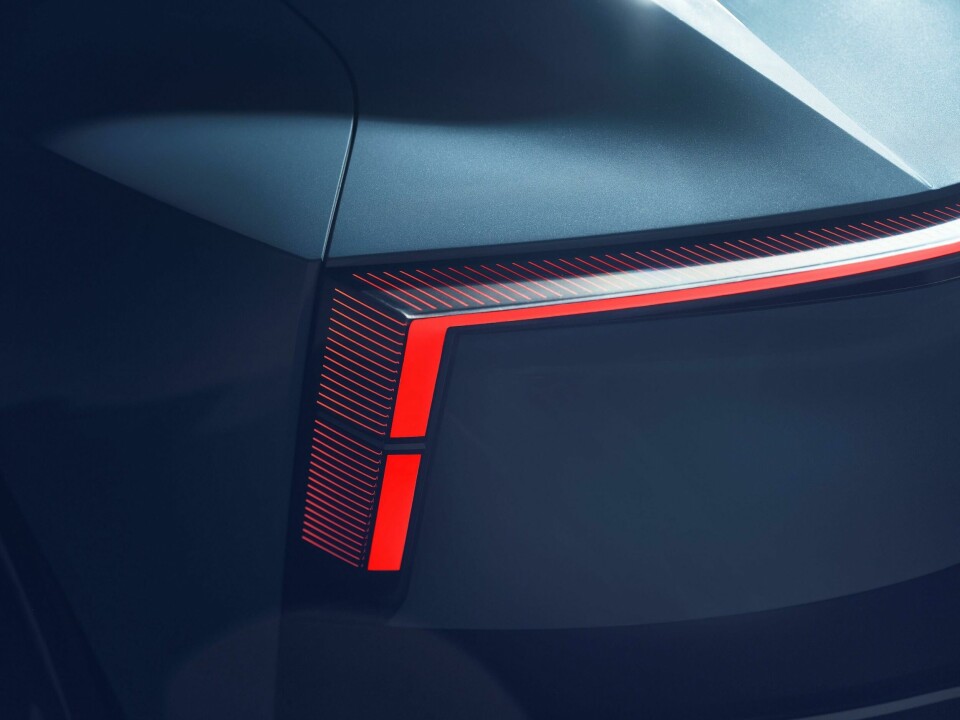
Missoni also points out the evolution of the brand’s “dual blade” lighting signature, which appears even more prominent in this execution. “You see it very strongly in this car. The Precept had it much more compact, but this is the next step. Considering that so many brands are popping up in this segment, it’s quite a challenge to find a strong, recognisable brand signature.” As with the Precept, the O2 uses the front grille area to house — and hide — the car’s myriad sensors and maintenance systems in a cluster that Polestar designers have dubbed the “smart zone.”
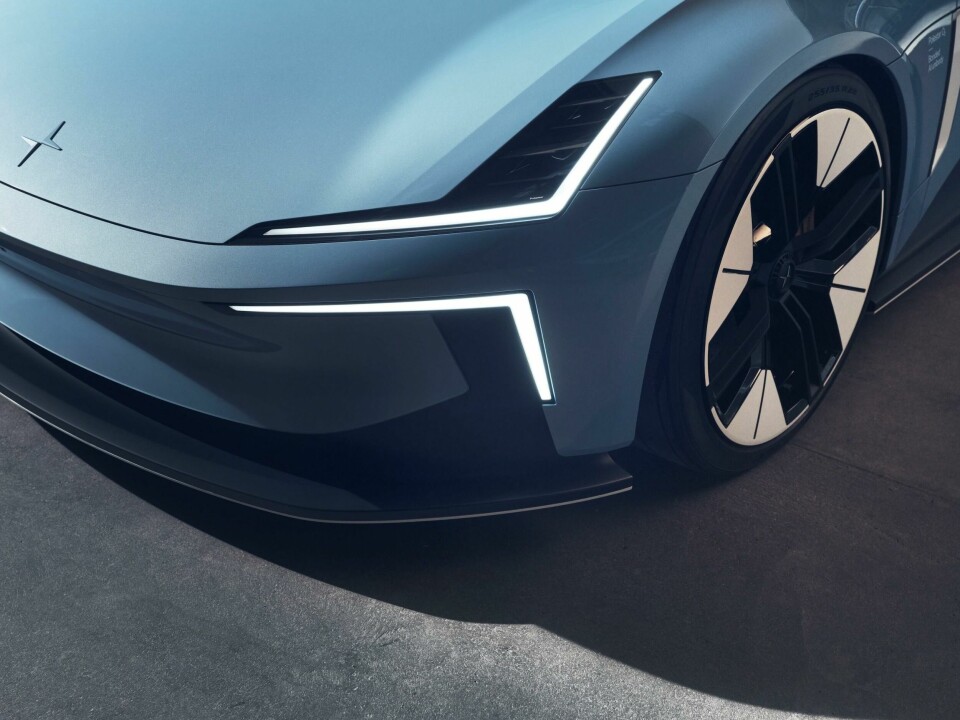
“We are placing all the sensor systems behind the body colour surface, which is quite a challenge, since we know now that body colors such as metallic paints don’t allow radar waves to penetrate that easily,” Missoni tells us. And since all show cars seem to need a gimmick, the O2 features an autonomous cinematic drone integrated behind the rear seats that can deploy while the car is driving, thanks to a retractable aerofoil that creates an area of calm behind the car. It can follow the O2 at speeds of up to 90 km/hr, capturing the ultimate selfie in plan view.
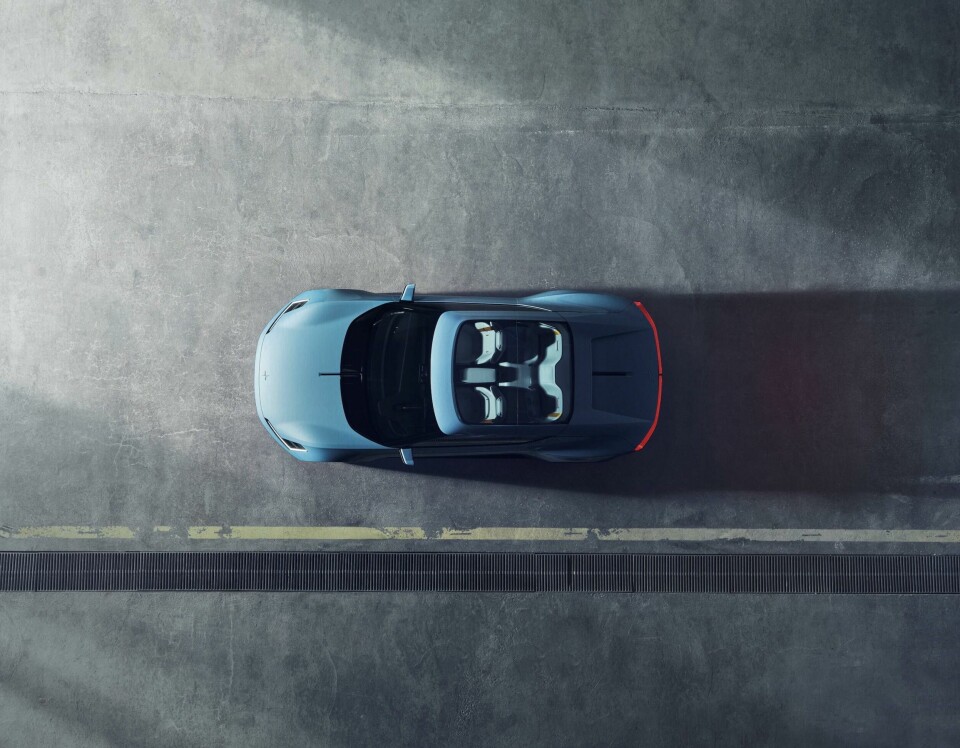
Aside from the retractable roof, Missoni says the interior was intentionally kept very similar to the Precept concept. “The interior in terms of design is not a big surprise, because we tried to make a point of showing the flexibility of the platform, to play with different body styles and different configurations.” While some brands take great pains to integrate display screens into the instrument panel, the O2’s vertical central display, as with the Precept, looks unapologetically tacked on to the middle of the dash.
“We did not want to integrate them into the IP,” Missoni tells us. “This is a decision that comes from understanding that portrait screens are very good for reading maps and lists, and if [screens] reach a certain size, watching movies or playing games isn’t a problem. There’s a reach issue as well — but we still have a driver display here, and we have decided that premium vehicles need an optimal ergonomic place to have information displayed, so we will go through with this configuration on these vehicles in this segment.”
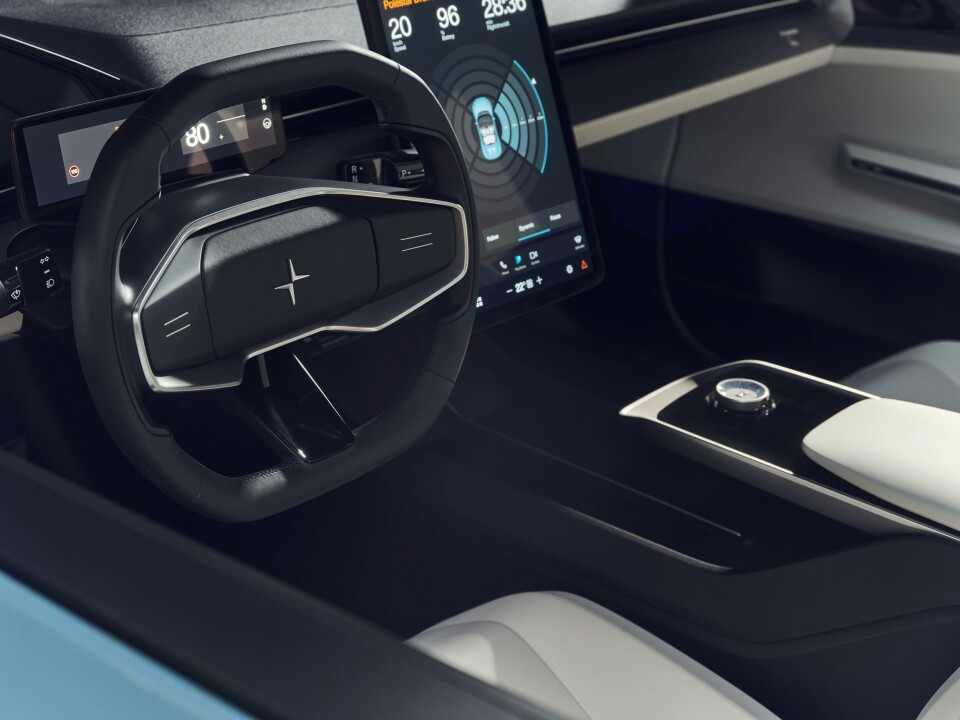
A new element of the O2’s interior is the introduction of “mono materials,” or different surfaces and textures made from the same source so that the majority of the interior can be recycled together at the end of the vehicle’s lifespan. This goes hand-in-hand with Polestar’s promise to produce a fully carbon-neutral vehicle by 2030. “It involves the whole sourcing process in the beginning, but we’re getting inspired by these things and we’re using them in concepts and also in our next production cars,” Missoni says.
It’s a continuation of the CMF philosophy shown in the Precept, which uses flax fibers and 3D-knitted fabrics made from recycled yarns. “We are learning to work with these materials and create this new sense of premium. With Precept it worked really well; I’m very happy about the materiality of that car and that everybody perceives it as a top luxury statement, even thought it doesn’t fit any of the traditional stereotypes,” he says.
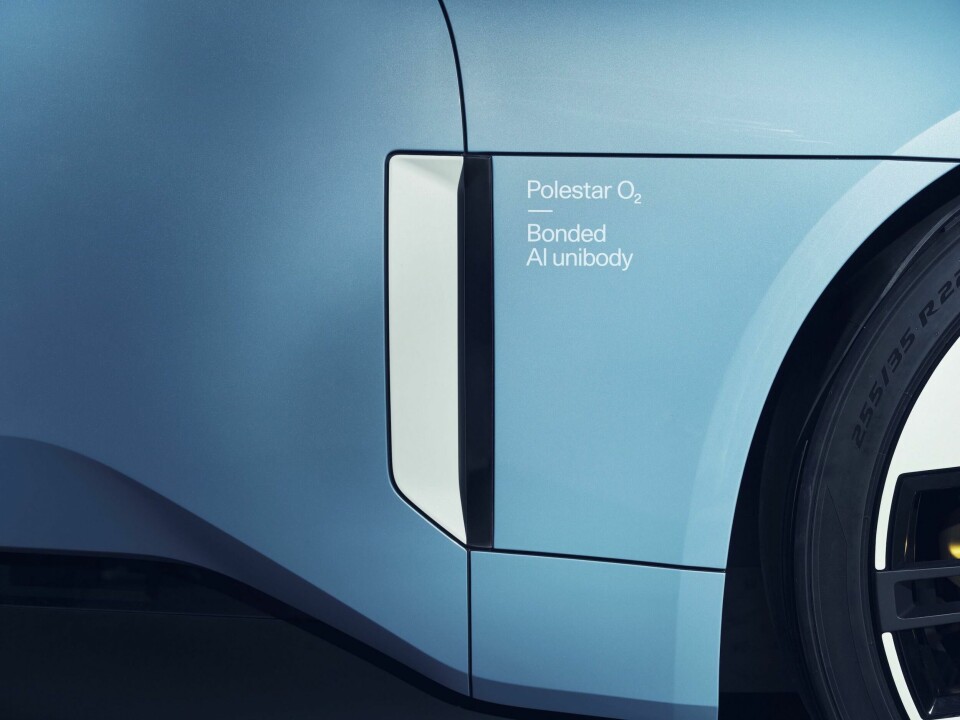
At the same time, designing with sustainability and recyclability in mind comes with tradeoffs, especially when it comes to colours and finishes. “If you do it right, there might also be a case that you cannot choose all the colours you want, because if they are recycled over and over; there might be impurities, so those are the challenges that the team has to work with now and many, many more. We’re not there yet, but we have this list of white materials, black materials, and ones that are not yet decided. And then there might be the case where you have one material that is extremely common in our industry and you reach this point where you realize, this will never take us to [net] zero, so then you need to rethink it altogether. So it’s an exciting process for everyone.”
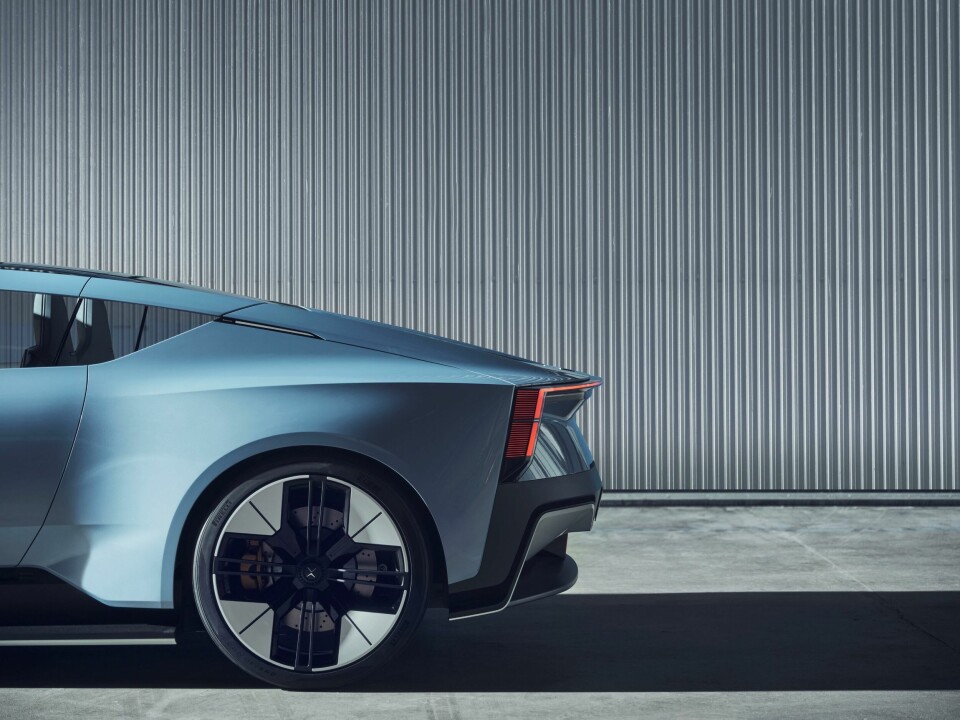
The O2 concept makes its debut less than a year after Missoni stepped out of his role as head of exterior design for Volvo to focus exclusively on his other job, as the head of design for Polestar. Since then, the brand has taken great strides to further separate itself from its progenitor. “For years we’ve been explaining what differentiates us from Volvo, considering that the 1 and the 2 were based on Volvo concept cars and that was our trajectory, but with this car and with Precept I think it’s clear to people that we are a completely separate electric brand,” Missoni says. As for the O2, it’s quite likely that a production car similar to the concept will get built. Late last year, Polestar confirmed that the Precept would become the Polestar 5, retaining the show car’s four-door GT body style and many of the design elements.
Meanwhile, Missoni reveals that a new, larger studio space will be ready in the next couple of months, and that while Polestar previously shared many resources and much of the studio support staff with Volvo, Missoni and boss Thomas Ingenlath have been busy building up a team that will work exclusively for Polestar. “It’s a straining journey,” Missoni says, “but we’re in a good place with the team now.”
